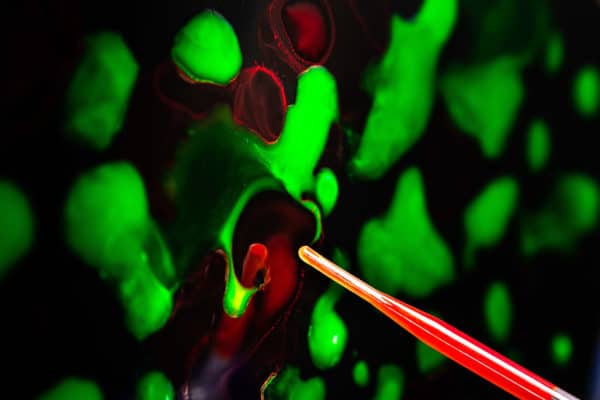The research examines the ideal formation of quantum dots – manmade nanocrystals 100,000 times thinner than a sheet of paper – to be used as light sensitizers, absorbing infrared and visible light and transferring it to other molecules. The end game is to enable new types of solar panels to capture more of the light spectrum and generate more electrical current.
The ARC Centre of Excellence in Exciton Science and Monash University researchers published their findings in Nanoscale. Their research marks a breakthrough, because previous light sensitizers had been ineffectual with silicon solar cells, which are currently the most commonly available type of PV technology.
Working with lead sulfide quantum dots sized to the ideal dimensions and density – thanks to their algorithm’s simulations – researchers increased the light sensitiser’s efficiency and extended its compatibility to nearly all existing and planned solar cell technology.
Countering a customary conclusion, the researchers found that larger quantum dots aren’t necessarily better. Rather, a far more complicated cocktail of conditions need to be considered to increase efficiency, as well as practical constraints on quantum dot size.
Popular content
Importantly, the researchers noted the near-infrared part of sunlight at the Earth’s surface has a complicated structure, influenced by water in the atmosphere and the sun’s heat. This means the colour of the quantum dot must be tuned to match the peaks of sunlight, just as a musical instrument might be adjusted to a certain pitch.
“This whole thing requires understanding of the sun, the atmosphere, the solar cell and the quantum dot,” said researcher Laszlo Frazer.
Following their findings, the researchers now need to design and create emitters which will transfer energy from the optimised quantum dot sensitisers most effectively.
“This work tells us a lot about the capturing of light,” Laszlo said. “Releasing it again is something that needs a lot of improvement. There’s definitely a need for multidisciplinary contributions here.
This content is protected by copyright and may not be reused. If you want to cooperate with us and would like to reuse some of our content, please contact: editors@pv-magazine.com.



By submitting this form you agree to pv magazine using your data for the purposes of publishing your comment.
Your personal data will only be disclosed or otherwise transmitted to third parties for the purposes of spam filtering or if this is necessary for technical maintenance of the website. Any other transfer to third parties will not take place unless this is justified on the basis of applicable data protection regulations or if pv magazine is legally obliged to do so.
You may revoke this consent at any time with effect for the future, in which case your personal data will be deleted immediately. Otherwise, your data will be deleted if pv magazine has processed your request or the purpose of data storage is fulfilled.
Further information on data privacy can be found in our Data Protection Policy.